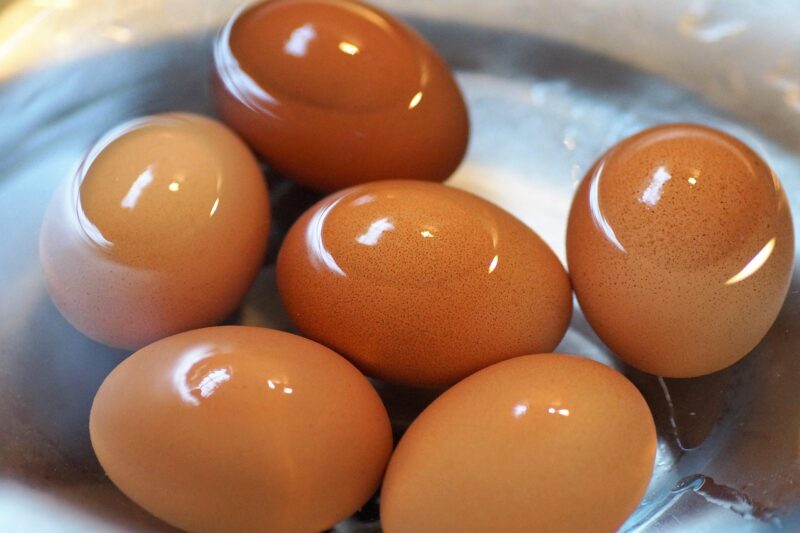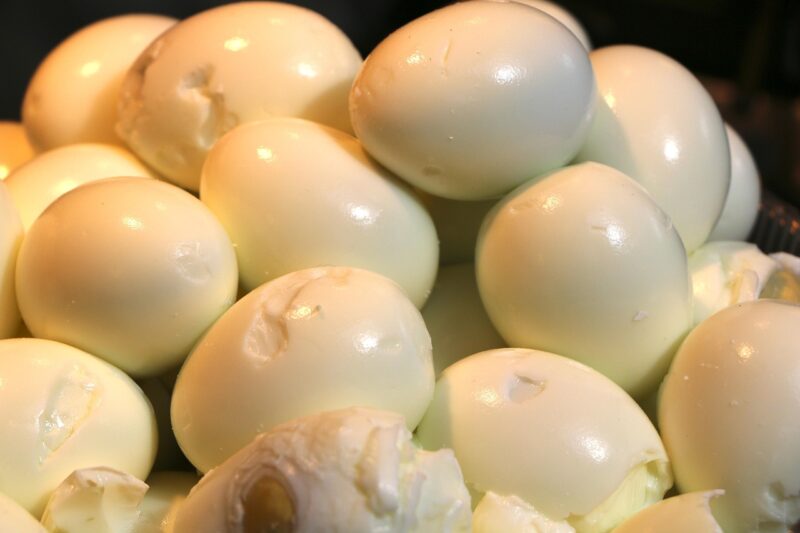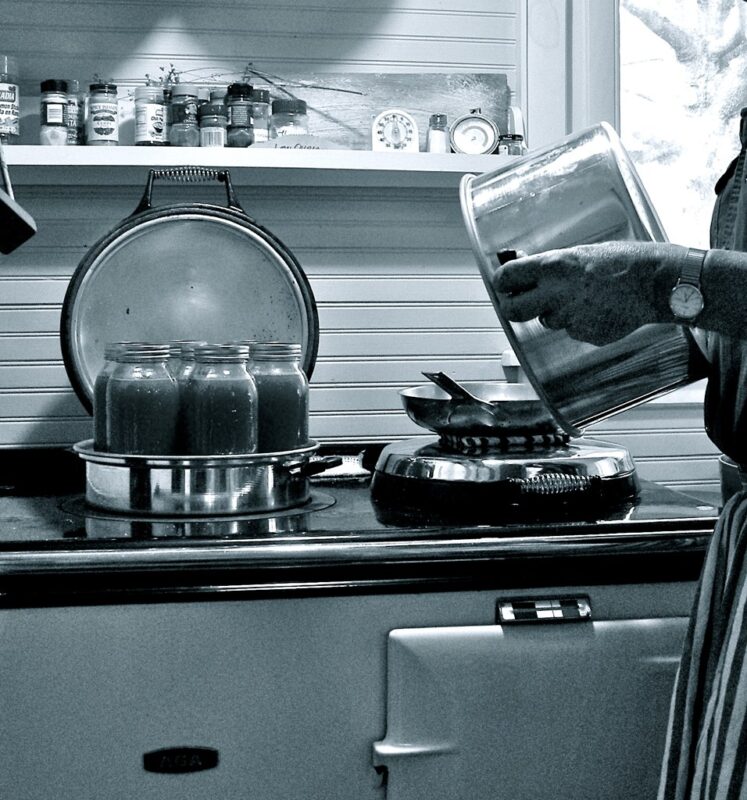This comprehensive guide will explore various techniques for preserving eggs, sharing personal stories and practical tips along the way.
Traditional Preservation Techniques
Historically, humans have employed various methods to ensure that eggs remain edible long after their natural expiration. During the age before refrigeration, these techniques were vital for families to maintain their food supply throughout the seasons.
Water Glassing

Water glassing is one of the oldest and least known methods used to preserve eggs. It involves creating a solution of sodium silicate (often found in liquid glass) and immersing clean, unwashed eggs in it. This process creates a gel coating on the eggshell, preventing air exchange and bacteria from penetrating.
How to Water Glass Eggs:
Materials Needed: A clean glass or ceramic container, fresh eggs, and sodium silicate solution.
Instructions:
Prepare the sodium silicate solution according to the package instructions.
Carefully place the eggs in the container without stacking them.
Pour the solution over the eggs until they are fully submerged.
Store the container in a cool, dark place. The eggs can last up to a year if preserved correctly.
Water glassing requires meticulous attention, as using dirty eggs or improper ratios of sodium silicate can lead to spoilage. I recall my grandmother telling me stories of her own egg preservation experiences, and I always imagined the satisfaction she felt knowing her eggs could last through the harsh winters.
Pickling

Pickling is not just for vegetables; this method also works wonderfully for eggs. Pickled eggs offer a tangy flavor and can be a delightful addition to salads, snacks, or holiday platters.
How to Pickle Eggs:
Basic Pickling Recipe: Begin with a dozen hard-boiled eggs. Peel them and place them in a jar.
Pickling Liquid: Combine equal parts vinegar and water, adding spices such as black peppercorns, dill, garlic, or onion based on your taste preferences. Heat the mixture until it just simmers, then let it cool.
Combine: Pour the cooled pickling liquid over the eggs in the jar, ensuring they are fully submerged, and seal tightly.
Storage: Refrigerate the jar for at least a week before consuming. Pickled eggs can last up to three months in the fridge.
Pickled eggs can become a crowd favorite at gatherings, and the variation in flavors means there’s always room for creativity.
Freezing

Freezing is another popular preservation method that many people overlook. While you can’t freeze whole eggs in their shells, you can easily freeze them in a variety of ways.
Freezing Eggs:
Cracked and Beaten Eggs: Crack the eggs into a bowl and beat them. Pour the mixture into ice cube trays for portioning.
Whites and Yolks: Separate the egg whites and yolks if you wish to retain their individual properties. Whites can be frozen alone, while yolks may require a pinch of salt or sugar to prevent them from becoming gelatinous.
Storage: Transfer the frozen egg portions into labeled airtight bags or containers, and store them in the freezer for up to a year.
I vividly recall my first attempt at freezing eggs. The initial apprehension about the texture change made me hesitant, but the excitement of having them on hand for baking brought me comfort and joy.
Modern Egg Preservation Techniques
With advancements in technology and changes in culinary practices, modern egg preservation has embraced new techniques. These methods often enhance convenience while ensuring quality.
Dehydrating Eggs
Dehydrated eggs are a treasure for survivalists and campers, providing an easy-to-transport source of nutrition that requires minimal preparation. These eggs can be reconstituted with water for cooking and baking, making them an excellent pantry staple.
How to Dehydrate Eggs:
Preparation: Begin with fresh eggs, ideally organic or free-range for the best flavor.
Instructions:
Scramble the eggs in a bowl.
Pour the mixture onto a dehydrator tray lined with parchment paper.
Set the dehydrator to 135°F (57°C) and let it run for about 8-12 hours.
Once fully dried, the eggs will crumble easily.
Storage: Store the dehydrated eggs in an airtight container in a cool, dark place. They can last up to five years!
I fondly remember a camping trip where dehydrated eggs saved the day. They were simple to rehydrate over the campfire, proving handy when other supplies ran low.
Using Canning Techniques

This method might seem unconventional, but it has a rich tradition in various cultures. Canning creates a vacuum-sealed environment that extends the life of eggs while locking in flavor.
Canning Eggs:
Instructions:
Hard-boil the eggs and peel them.
Place them in sterilized jars, covering them with a brine solution of vinegar, salt, and water.
Process in a water bath canner for about 10 minutes.
Storage: Canned eggs can last up to a year on the shelf. They add a delightful twist to salads or can be eaten straight from the jar.
I once attended a potluck where a friend brought canned eggs, and I was amazed by how delicious they were. Their unique flavor and texture offered an unexpected delight among the more common dishes.
Vacuum Sealing

Vacuum sealing is a prevalent method for preserving a variety of foods, including eggs. By removing air from the packaging, you extend the shelf life significantly.
Vacuum Sealing Eggs:
Preparation: Whisk the eggs to mix the yolks and whites thoroughly.
Instructions:
Portion the whisked eggs into vacuum seal bags, leaving some space for expansion.
Seal using a vacuum sealer.
Storage: Place the bags in the freezer, where they can last for up to a year.
The convection of watching eggs retained their essence while being transformed into a convenient cooking ingredient was enlightening. This technique is especially useful for those who buy eggs in bulk and want to avoid waste.
Best Practices for Egg Preservation
Regardless of the method you choose, there are best practices to keep in mind. Paying attention to these nuances can ensure you enjoy your preserved eggs to the fullest.
Choice of Eggs
The quality of eggs you start with is essential. Always use fresh, uncracked eggs. As tempting as it might be to utilize slightly older eggs, the risk of spoilage cannot be overlooked. Purchasing eggs from trusted sources ensures you maintain high-quality preserved eggs.
Sanitation
Proper sanitation is an integral part of preserving eggs. Wash your hands, utensils, and equipment thoroughly before handling eggs to prevent contamination. Each preservation method requires unique sanitation practices—be sure to follow them diligently to avoid spoilage.
Labeling and Rotation
As with any food storage system, labeling is crucial. Use a permanent marker to indicate the date of preservation and the method used. This practice helps you keep track of freshness and creates a systematic rotation, ensuring you consume older items first.
Storage Conditions
Different preservation methods come with varying storage requirements. Water-glassed eggs need cool, dark places, while frozen eggs should be kept at stable, low temperatures. Understanding the specific needs of your chosen method will lead to the best outcomes.
Health Considerations
Eggs must be handled with care, especially when embarking on preservation ventures. Raw eggs carry the risk of salmonella, so ensure that you follow safe cooking guidelines. Pasteurizing eggs before freezing or other forms of preservation can further mitigate health risks.
If you have specific dietary restrictions or health conditions, consult with a nutritionist or healthcare provider to determine which preservation method benefits you best.
Conclusion
Preserving eggs long-term is not just a practical endeavor; it’s also an enriching experience that connects us to our food sources. As we explore traditional and modern methods, we’re reminded of our capabilities to create, sustain, and thrive. Embracing the joy of preservation enables us to savor the flavors of our eggs, bolstering not just our pantries but also our hearts and minds.






